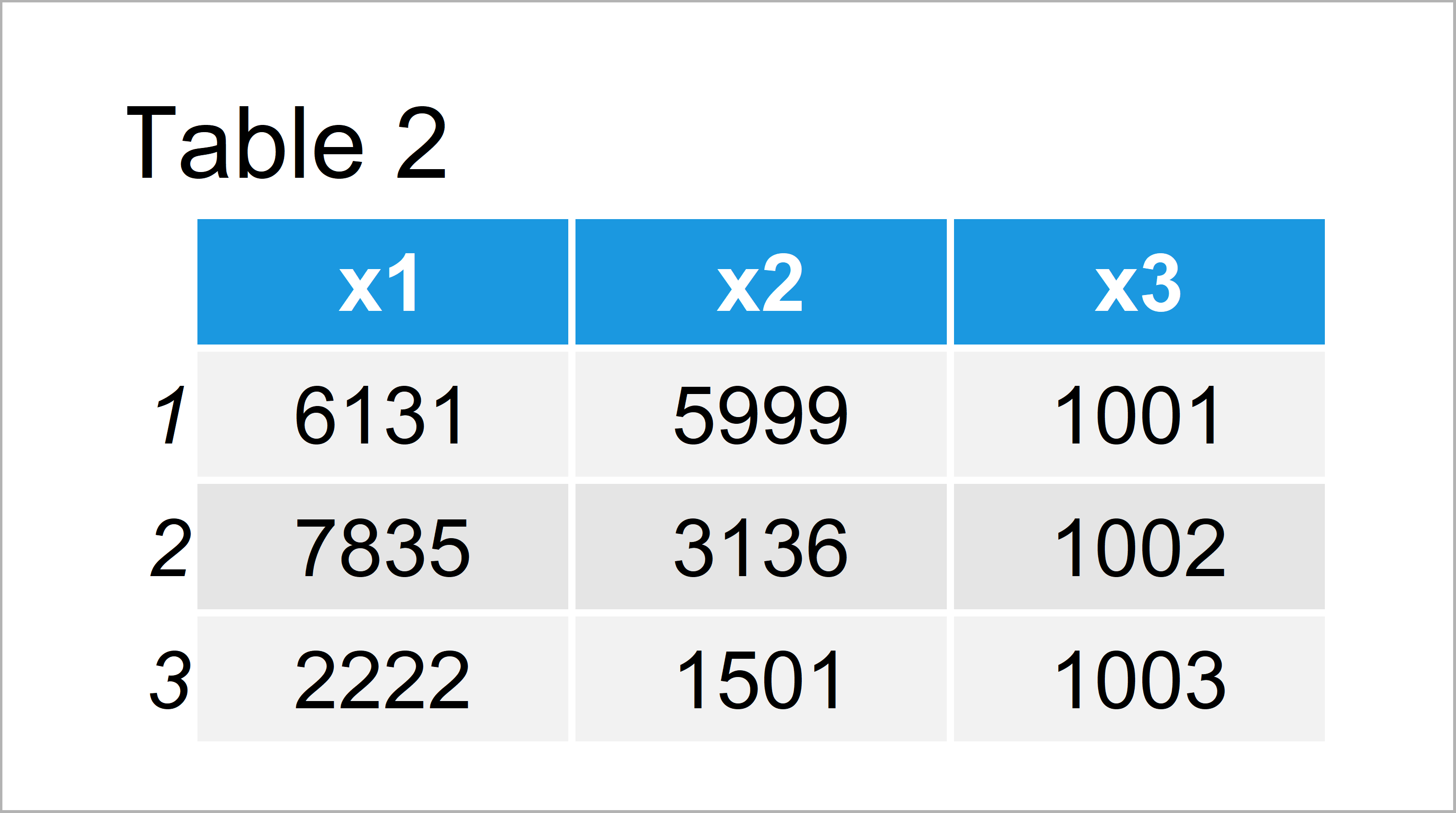
The most common measure of correlation in stats is the Pearson Correlation. The population correlation coefficient uses σ x and σ y as the population standard deviations, and σ xy as the population covariance.Ĭheck out my Youtube channel for more tips and help with statistics!Ĭorrelation between sets of data is a measure of how well they are related. S x and s y are the sample standard deviations, and s xy is the sample covariance. Two other formulas are commonly used: the sample correlation coefficient and the population correlation coefficient. If you’re taking a basic stats class, this is the one you’ll probably use:

One of the most commonly used formulas is Pearson’s correlation coefficient formula. There are several types of correlation coefficient formulas. Like the explanation? Check out the Practically Cheating Statistics Handbook, which has hundreds of step-by-step, worked out problems! Types of correlation coefficient formulas. 75, which has a stronger relationship than. The larger the number, the stronger the relationship. The absolute value of the correlation coefficient gives us the relationship strength.

For example, the amount of gas in a tank decreases in (almost) perfect correlation with speed. A correlation coefficient of -1 means that for every positive increase in one variable, there is a negative decrease of a fixed proportion in the other.For example, shoe sizes go up in (almost) perfect correlation with foot length.

A correlation coefficient of 1 means that for every positive increase in one variable, there is a positive increase of a fixed proportion in the other.Graphs showing a correlation of -1, 0 and +1


 0 kommentar(er)
0 kommentar(er)
